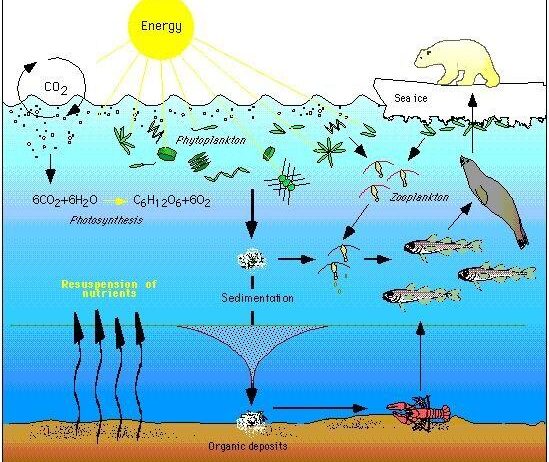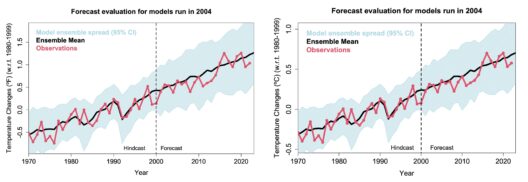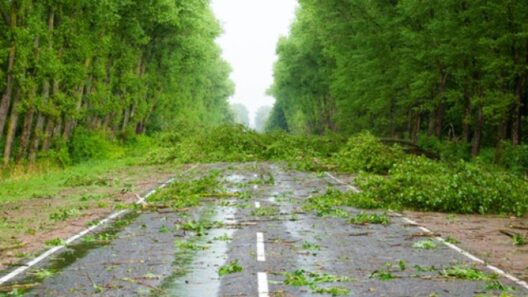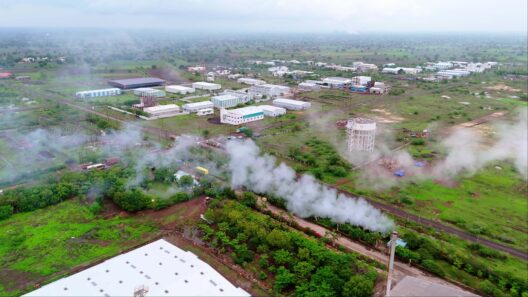Ocean ecosystems are intricate tapestries woven from countless organisms, each dependent on one another for survival. Among these, coral reefs serve as the vibrant heart of marine biodiversity. Yet, these crucial habitats are facing an unprecedented existential threat from global warming. Understanding the fallout from rising sea temperatures—not just for corals but for the entire marine life spectrum—beckons a shift in perspective. The effects of climate change resonate through oceanic ecosystems in ways that often go unseen.
At the crux of coral reproductive cycles lies an extraordinary phenomenon: coral gametes. These tiny reproductive structures are released in synchronized events during the warmer months, allowing for fertilization and the formation of new coral polyps. This process, however, is precariously timed with warming sea temperatures. As global climates shift, the synchronization of gamete release is disrupted, leading to decreased fertility rates and ultimately, a decline in coral populations. This decline reverberates throughout the marine food web, threatening not only corals but also the myriad species that rely on these rich habitats for survival.
The repercussions extend far beyond the coral itself. Coral reefs provide shelter and sustenance for over 25% of marine life. When corals falter, so too do entire ecosystems dependent on them. With diminished coral cover, fish populations that thrive in these biodiverse environments face scarcity. Many commercially significant species, such as grouper and snapper, rely on healthy reefs for their life cycles. As these fish populations dwindle, the ripple effects reach human communities that depend on fishing for their livelihoods, spurring economic decline and food insecurity.
In addition to the direct impacts on biodiversity, the alteration of coral ecosystems leads to aberrations in nutrient cycles. Corals, in synergy with symbiotic algae called zooxanthellae, engage in photosynthesis, converting sunlight into energy. This critical relationship influences nutrient availability in surrounding waters. With declining coral reefs, nutrient imbalance ensues. Increased levels of nutrients, particularly nitrogen and phosphorus, often lead to algal blooms that suffocate corals and further impair the delicate balance of marine ecosystems. The cycle of life falters, leading to weakened resilience against other environmental stressors.
Consider the phenomenon of ocean acidification, a direct consequence of increased atmospheric CO2 levels. As the oceans absorb carbon dioxide, the resulting chemical reaction alters the water’s pH, hindering the ability of corals and shellfish to secrete calcium carbonate—the building blocks of their structures. The implications are staggering: without robust shells and skeletons, the vulnerability of these species amplifies, further destabilizing marine ecosystems. The once-thriving habitats of mollusks, crustaceans, and coral are now at risk of collapse.
However, marine ecosystems do not operate in isolation. They are inseparably linked through the vast marine food web. The decline of one species leads to upheaval across this web. Predators, prey, and competitors find themselves embroiled in a struggle for survival as changes cascade throughout the ecosystem. The decline of small fish populations that graze on algae allows unchecked algal growth, further damaging coral health. Predators, in search of food, venture further into uncharted territories, sometimes causing conflicts with unfamiliar species. The disruptions present a convoluted domino effect, reshaping the very foundation of ocean life.
Equally concerning is the loss of marine species diversity. Climate change is poised to drive many species toward extinction due to habitat loss, altered ecosystems, and increased competition. The International Union for Conservation of Nature (IUCN) has identified numerous species at heightened risk, particularly those that are already vulnerable. The loss of these species can lead to a homogenization of marine environments, although it is diversity that fosters resilience and productivity. A less diverse ecosystem is often a less resilient one, unable to adapt to environmental changes.
Marine mammals, too, are not exempt from the impacts of climate change. Species such as polar bears, seals, and certain cetaceans are facing challenges as their habitats rapidly shift or diminish. The melting of polar ice caps threatens the hunting grounds of seals, creating a cascading effect on species like polar bears that rely on them for food. Furthermore, rising sea temperatures drive some species toward cooler waters, disrupting migratory patterns and breeding habits. These disruptions threaten the viability of populations, creating an uncertain future for these charismatic species.
Yet, amid this grim narrative, there exists a spark of hope: proactive measures and renewed commitment can contribute significantly to the restoration and preservation of ocean life. Local and international initiatives to protect and restore coral reefs, establish marine protected areas, and promote sustainable fishing practices serve as critical components in combating the impacts of climate change. The adoption of more sustainable practices, such as reducing carbon footprints and advocating for clean energy, is essential. With concerted efforts, society can nurture the resilience of ocean ecosystems and work toward a sustainable coexistence.
The plight of coral, marine species, and ocean ecosystems is a clarion call for change. By understanding the intricate connections and cascading effects of global warming, we can combat these challenges with informed action and foster curiosity about our planet’s extraordinary marine ecosystems. It is through cultivating this awareness that society can galvanize efforts to preserve the wonders of ocean life for generations to come.







